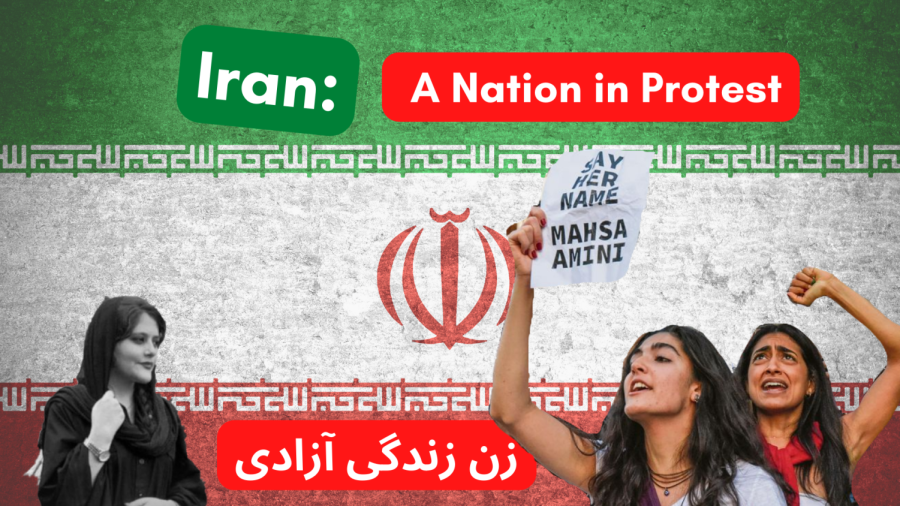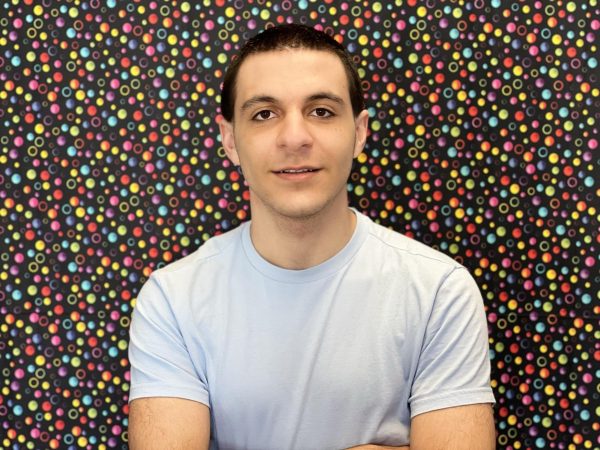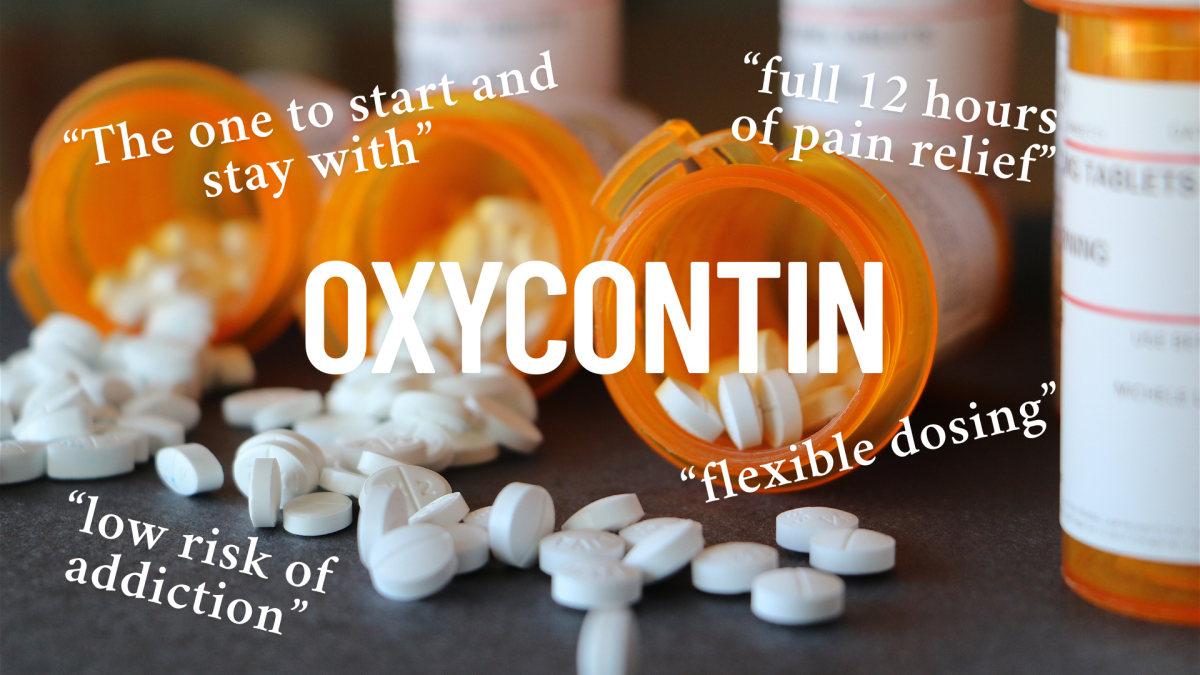Iran: A nation in protest
Iran has become a nation in protest.
October 14, 2022
Detained and killed in the custody of Iran’s “morality police” on September 16, Mahsa Amini was arrested just three days prior for failing to adhere to the theocracy’s strict Islamic dress code. The subsequent uproar caused by this killing led to anti-government protests throughout Iran, calling into question how a state can justly balance both faith and rights.
“I’ve only lived in Canada and the US, and I’m grateful that religion doesn’t play much of a part in government, but there is still some influence which I think is mostly negative,” said Maria Zhang (‘25).
Iran is a theocracy, a state in which the government rules based on the principles of religion, in Iran’s case, the Shi’a denomination of Islam. As such, women past the age of nine are legally required to wear hijabs, a religious headwear that covers one’s hair and neck.
“I felt suffocated and suppressed having to wear a hijab every day,” said Pleasanton resident and Iranian immigrant Sara Farahmand.
Iranians throughout the country have expressed similar sentiments for decades, with public unrest soaring following the death of Mahsa Amini, who was arrested by Iranian police for refusing to wear a hijab.
“People in Iran are tired of the lack of simple social and political freedoms we take for granted here in the US,” said Iranian immigrant Mahmoud Hassanpour.
In response, the Iranian government shut down the country’s internet access, restricting civil liberties to crack down on the protests.
“[The protestors] have been beaten, people have been shot, people have been killed; there is a non-official war in the streets,” said an Iranian resident in Tehran.
This so-called war is racked with uncertainty, with the protests and their violent crackdowns seeping into every aspect of society.
“I’m scared about myself, I’m scared about my family, I’m scared about my job; I don’t see any mercy in [how the government is] treating people,” said the Iranian.
Yet more uncertainty lies in the future of these protests, especially among those that were alive during the 1979 revolution that gave rise to the current Islamic government.
“We know what happened last time we made a decision this way,” said Hassanpour.
The diverse groups in protest share varying views, unsure of what to base a new government on.
“I don’t know what is going to happen. There is no specific leader. Even [the protestors] don’t know what kind of regime they’re looking for; they just want to overthrow the current government,” said the Iranian.
This lack of a common goal has led to criticism of the protests, but protestors see the current fervor as a necessity to trump the government’s efforts of extinguishment.
“I’m very hopeful; I like the way people have risen [against the government] this time. I think it’s the only way for people to stop the government of a totalitarian regime,” said Farahmand.
The loss of life that government oppression inflicts, however, leaves many Iranians distraught.
“I’m sad for all of the lives being lost, especially the young generation; [young teens] are being killed, and it makes my heart sink,” said Farahmand.
Despite this adversity, millions of Iranians are fighting for their rights, desperately battling against government backlash, much like other movements throughout the world. Students protesting at Iran’s Sharif University of Technology caused police to raid the campus, mirroring the siege of the Hong Kong Polytechnic University, and the killing of Mahsa Amini echoed the police brutality seen in the death of George Floyd.
“Similar to other movements, I think the world, and even Pleasanton, should play a part in aiding Iran’s ambitious protestors,” said Hassanpour.






ub • Oct 14, 2022 at 10:46 pm
Well said, but note that wearing hijab is not the requirement of Shi’a in general. Iranian government enforced this dress code because there was considerable dispute between Shi’a scholars regarding this issue.